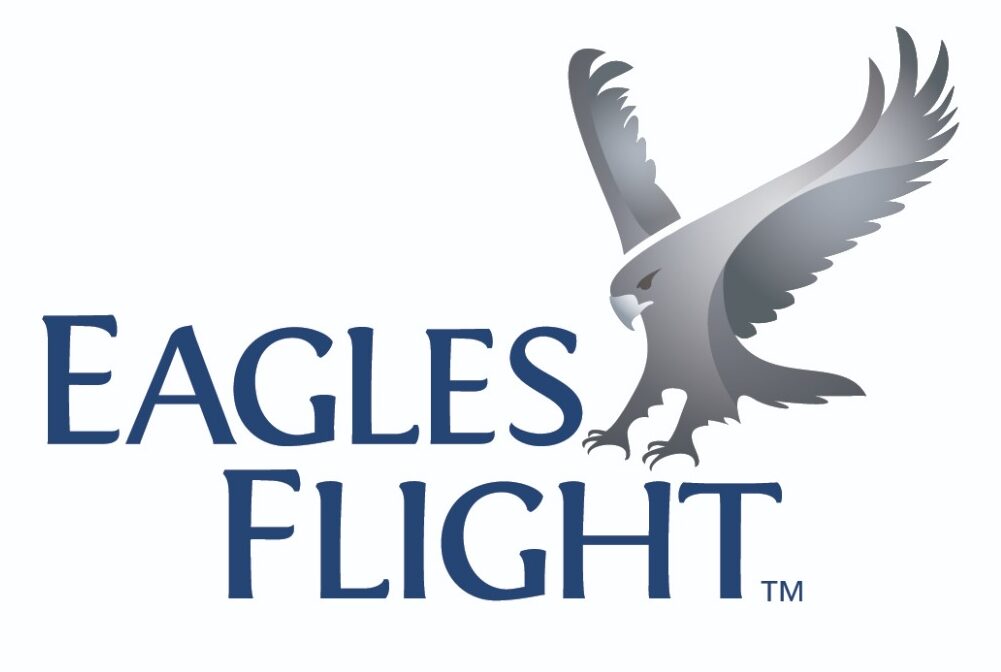Leadership isn’t a position. It’s an action.
- Leadership and Succession
- Author : Andrew Thomas
- October 15, 2021

It’s a statement of the obvious, but the world is changing at a ridiculously fast pace. We all see the shifts happening every day. Sometimes they are gradual. Almost imperceptible. And sometimes they’re like a giant Orc fist coming out of the fog and smashing you on the nose, bringing tears to your eyes.
The fact is, most businesses are struggling to adapt to these changes. Their legacy models are being torn to shreds by new technologies, innovative approaches and digital ecosystems.
But change, in itself, is not the issue. Most leaders understand how and why they need to move forward as quickly as possible (the speed to value challenge). They understand that transformation and innovation is now a business imperative.
But there’s one huge stumbling block getting in the way.
Their people.
The fear factor.
This is not a problem of the times. It’s a problem that has existed for eons. As Henry Ford stated a hundred years ago, ‘All business problems, in the end, turn out to be people problems.’
The difference between now and then is speed. Where in the past, change was a tortoise, today it’s a hare with a Space X rocket attached to its back, flying through the air at 30,000 miles per hour.
So, although change is the catalyst to progression, (we can’t move forward without it) the majority of people on our tiny blue planet are wired to resist it (whatever they might say in fist pumping strategy sessions).
‘Change hurts, it makes people insecure, confused and angry. People want things to be the same as they’ve always been. Because that makes life easier. But, if you’re a leader, you can’t let people hang onto the past.’
Richard Marcinko Tweet
You can only change direction if you change minds.
If minds are rigid, change is almost impossible to achieve. But if minds are open and accepting, then you have a workforce with huge potential for growth – and the sky, in all its magnificent glory, becomes the limit.
But how do you ensure your people are imbued with the right attitude?
Well, let’s be clear. It can’t be done through rote learning. We know this from our own extensive behavioral science research.
Training people from the front of a classroom is an approach entrenched in the ways of the modern-day Luddite, designed to be learned parrot fashion. It’s sleep inducing and ineffective. More importantly, it doesn’t stick. Once participants leave the room, the lessons evaporate from their minds.
The experiential way.
This is where my company, Eagles Flight, fills a gap. As far as we’re concerned, the best way to switch people into a growth mindset is through experiential learning. At the core of our training is a powerful behavioural approach. We get people to play games.
You heard right, games!
We thrust people into unfamiliar scenarios. It could be a hostile desert, a treacherous jungle or outer space. One of our favourites is a museum heist.
During the game, unexpected things happen. Weather can turn, objectives can change and hurdles can appear.
The games are fun and involving. People, even the most guarded ones, uncross their arms and get stuck in.
But don’t be deceived by the frivolity of the exercises. There’s a method to the madness. Our experiential training brings out the true nature of people without them realizing it. We make them aware of their behaviour, attitudes and leadership style – and help them understand and discuss openly how to work in a team, set boundaries and manage a crisis. But most importantly, how to persevere when things get tough.
But what has games got to do with business?
Everything!
Business is a game, too. And the challenges that people have to overcome in our games are mirror images of real life.
Do your people need help to be their best selves?
So how can you tell if your people need a transformation in their mindset. Well, there are a few questions you can ask yourself.
1. Do your people:
a. Have open, honest and vigorous conversations in meetings?
b. Keep quiet in meetings?
2. Do your people:
a. Work seamlessly as a team?
b. Work in silos?
3. Do your people:
a. Embrace new ideas
b. Resist nes ways of working
4. Do your people:
a. Stay committed and deliver the plan
b. Despite best efforts, become overwhelmed in delivery
How did you do? Food for thought? If you answered (a), you’re probably in good shape. But if the majority of your answers landed in the (b) section, some support on the task would make a significant difference.
If that’s the case, reach out to us. We’ll help your people break down walls, get into the right mindset, embrace change and find the joy of transformation.
And all that fear? Who needs it.
